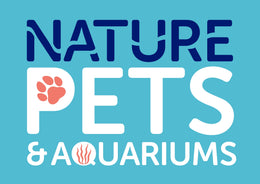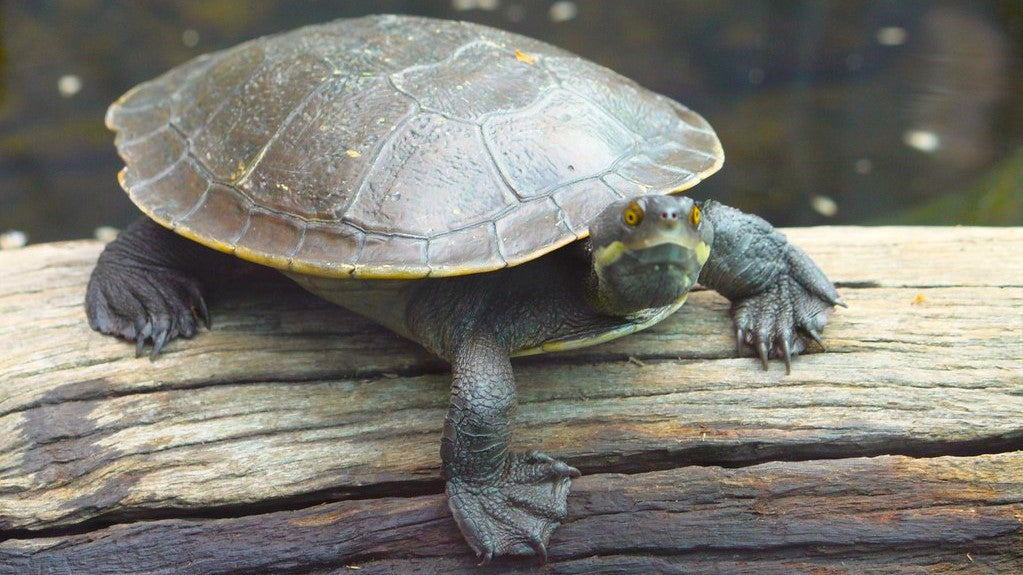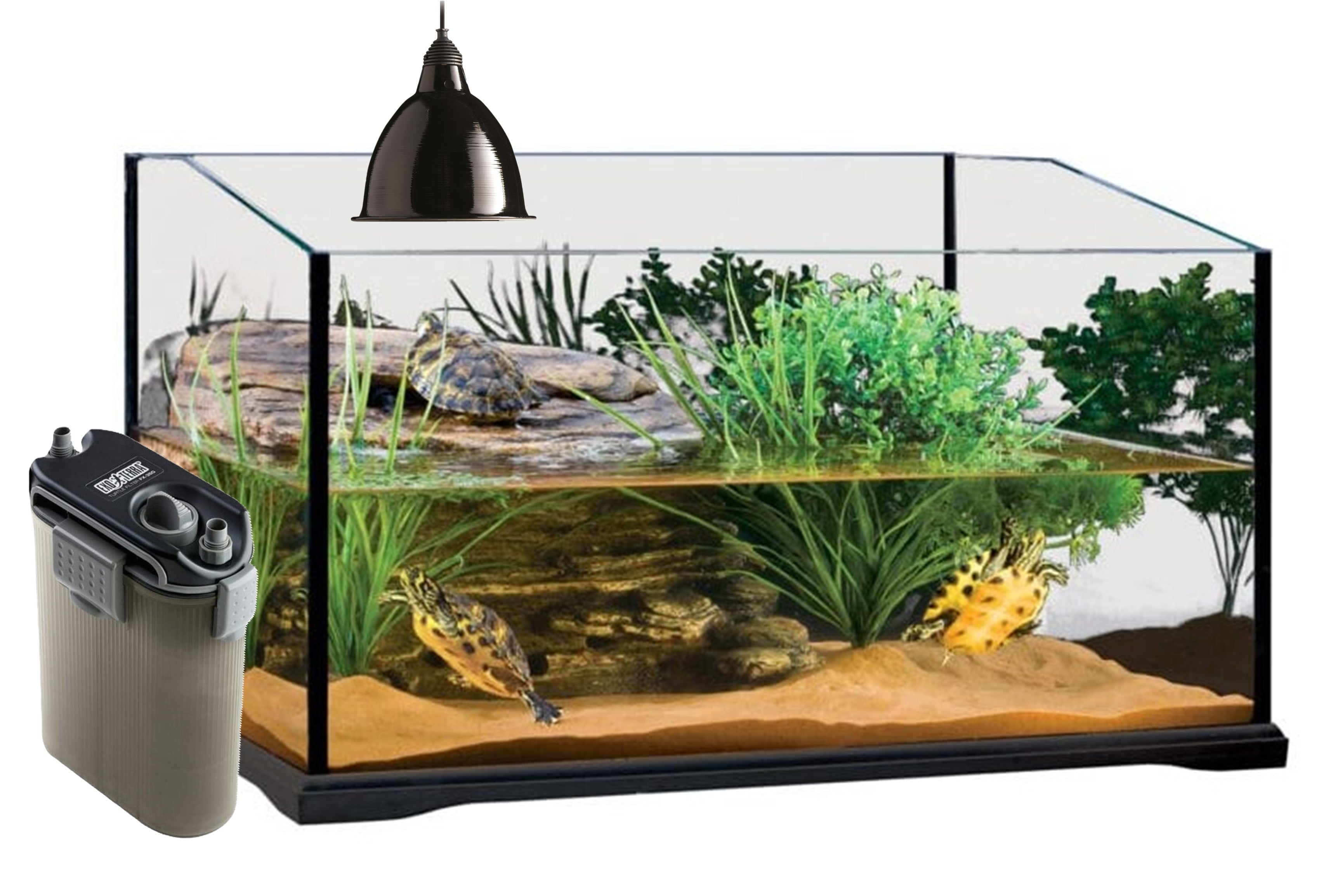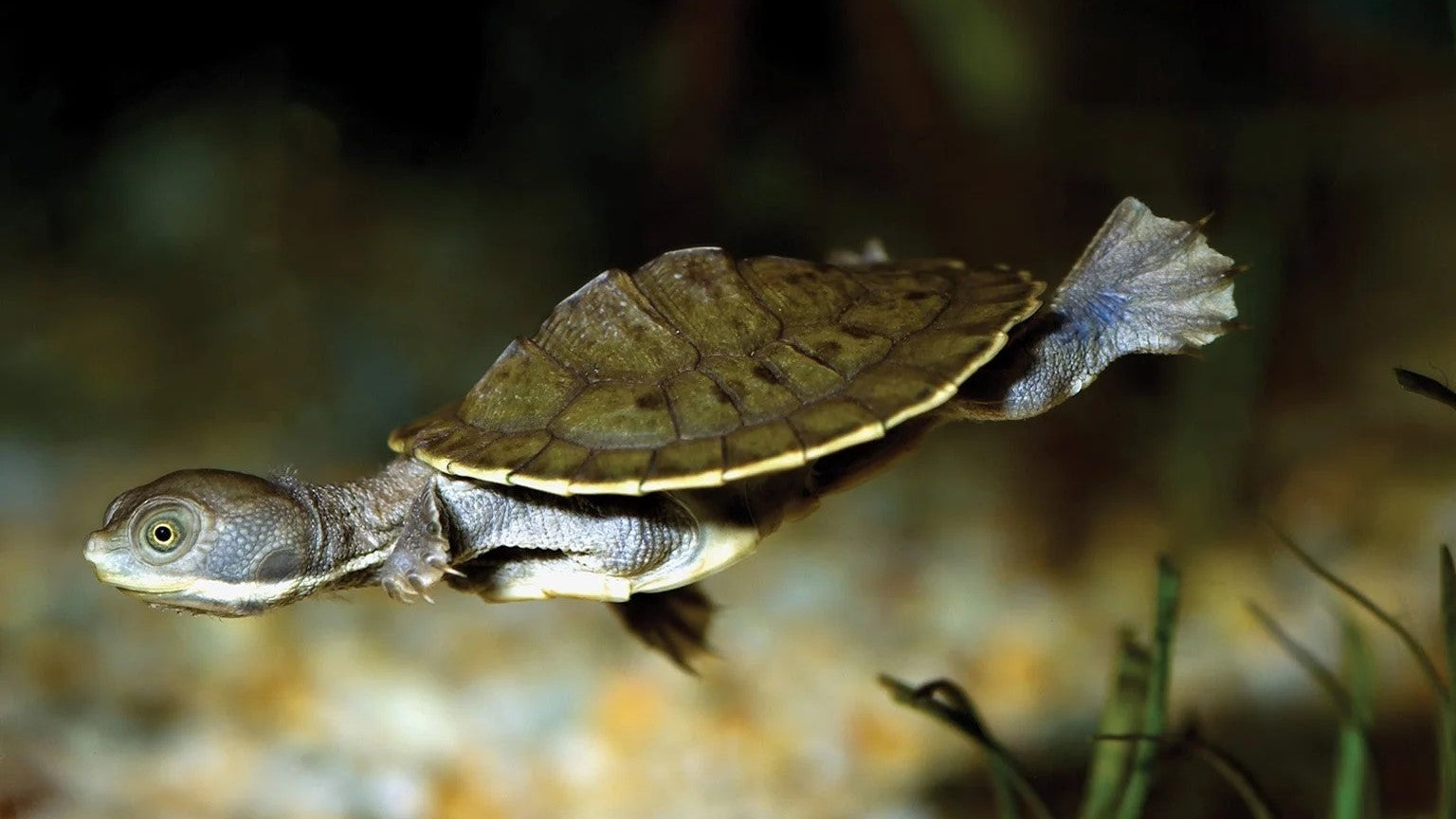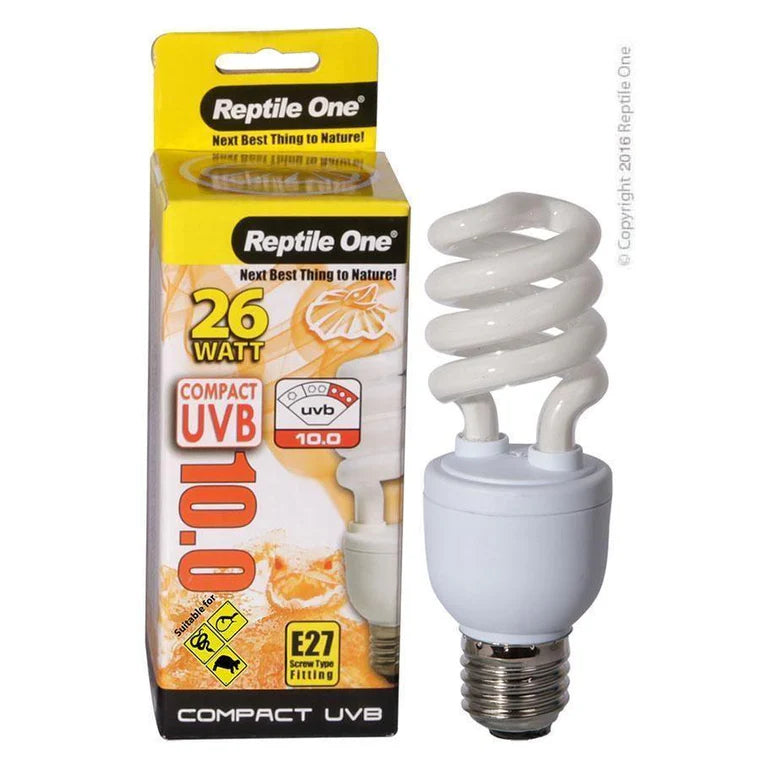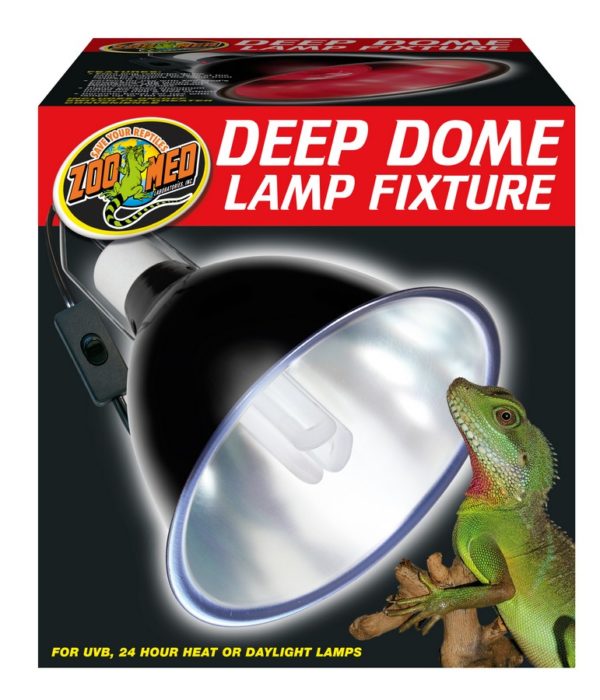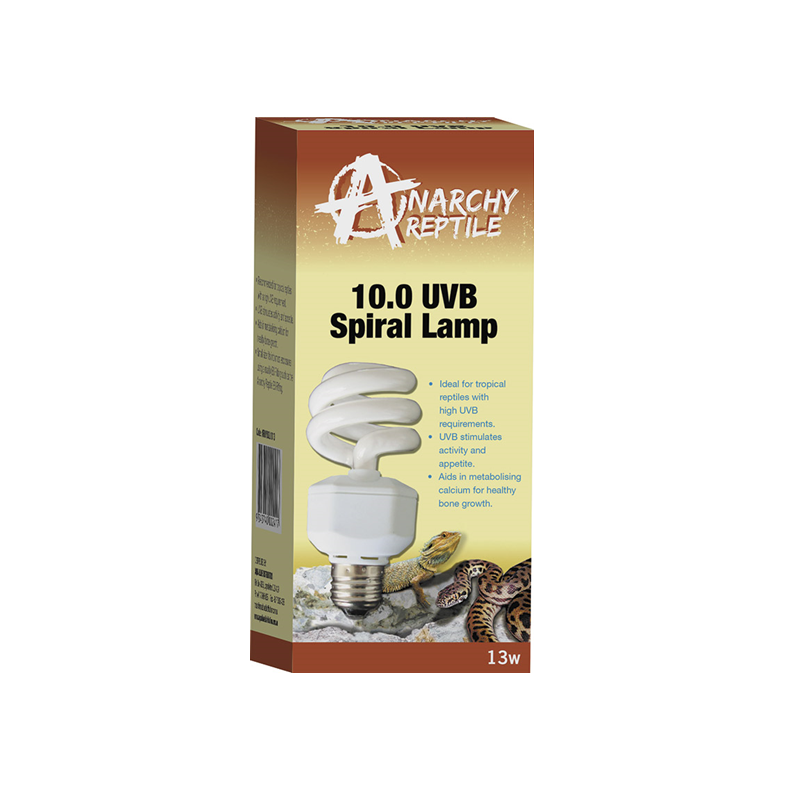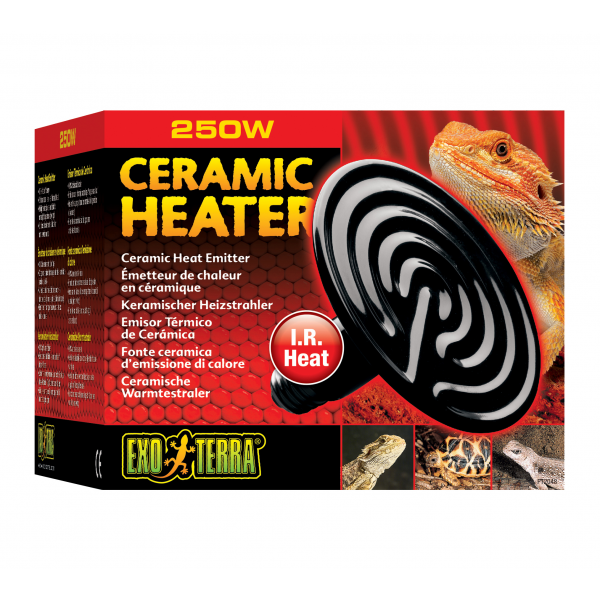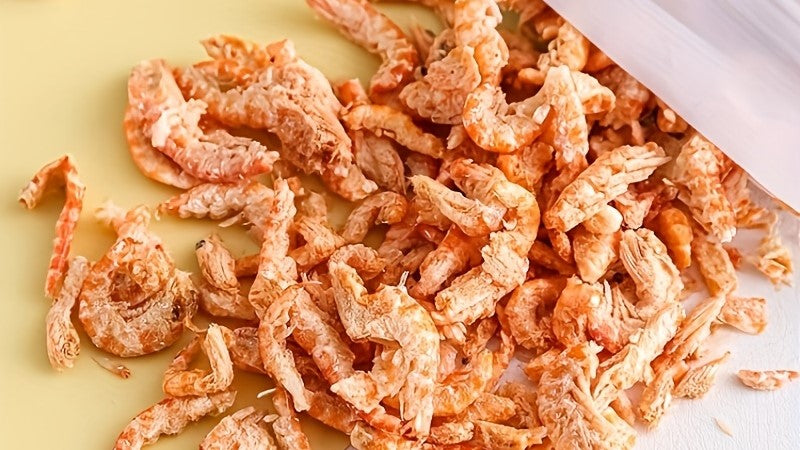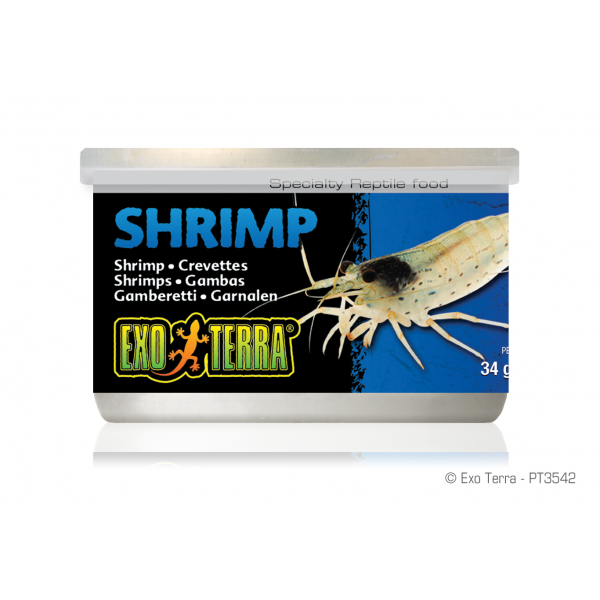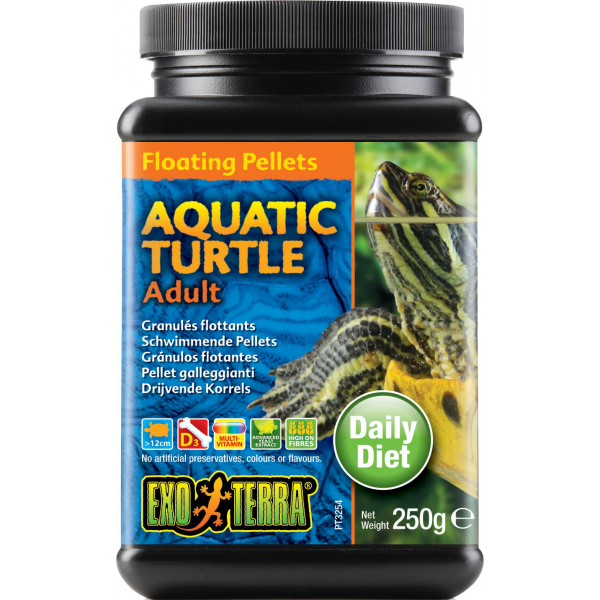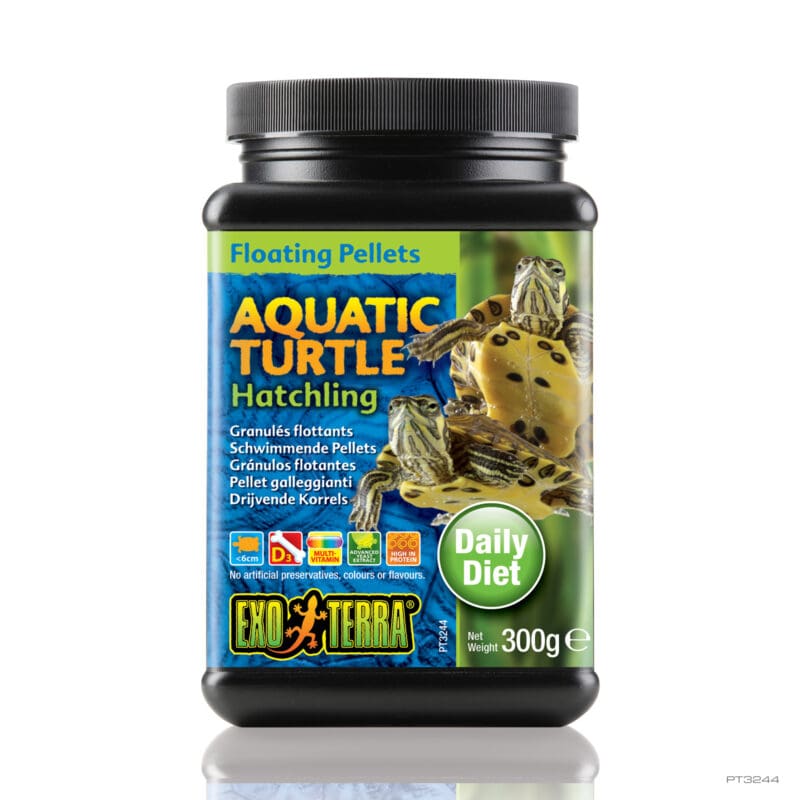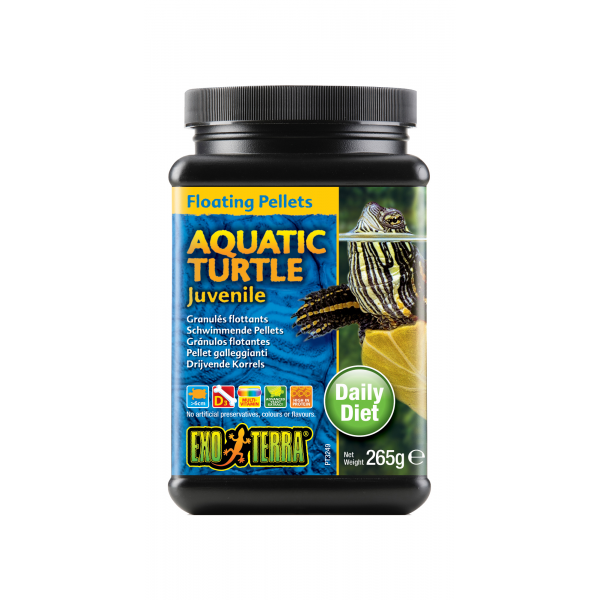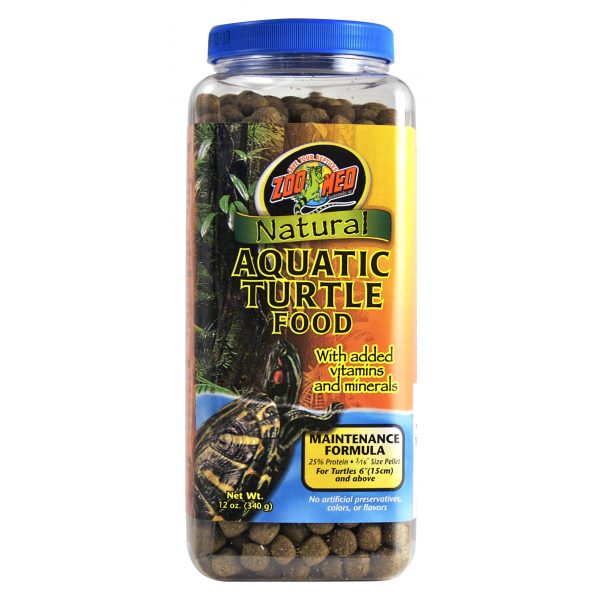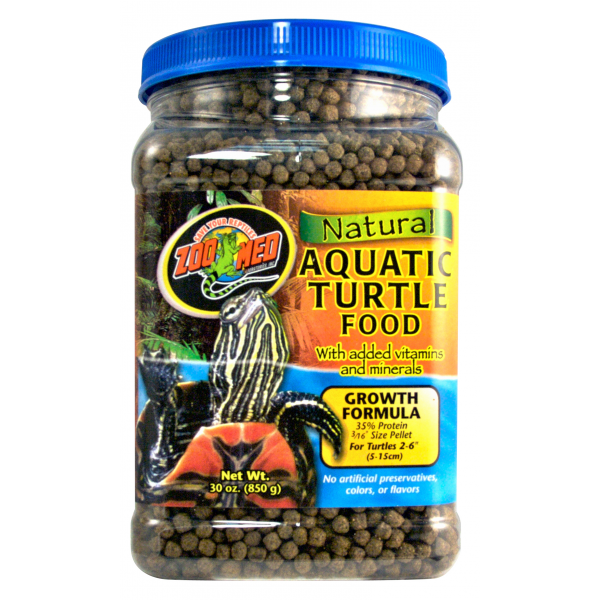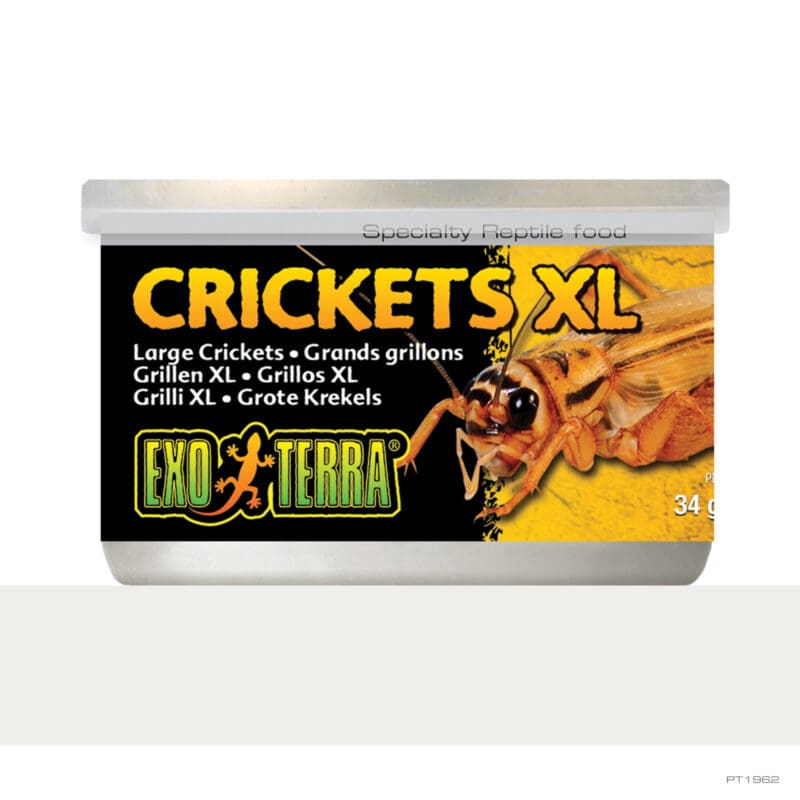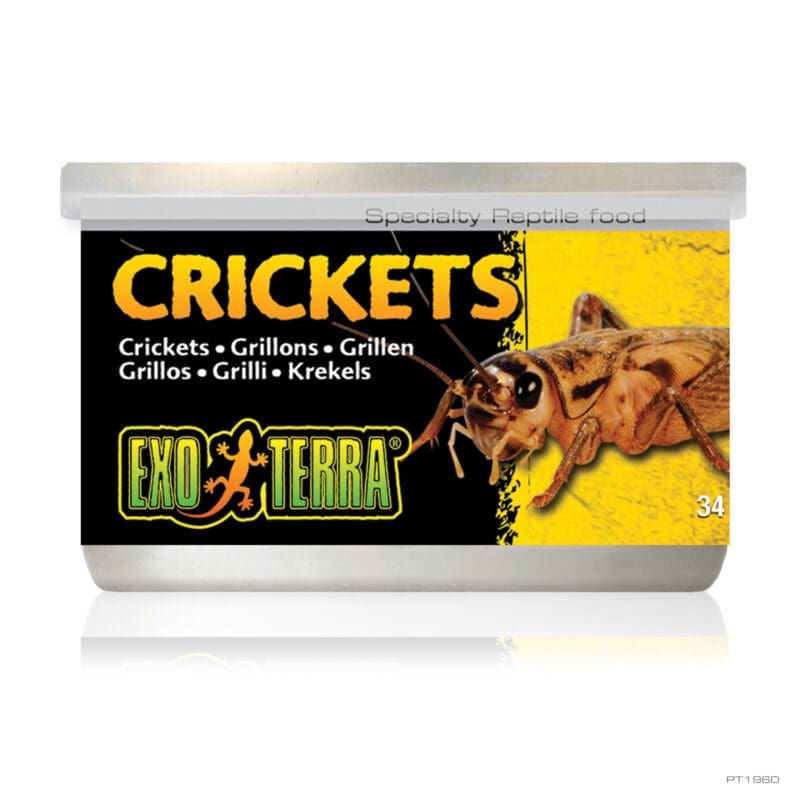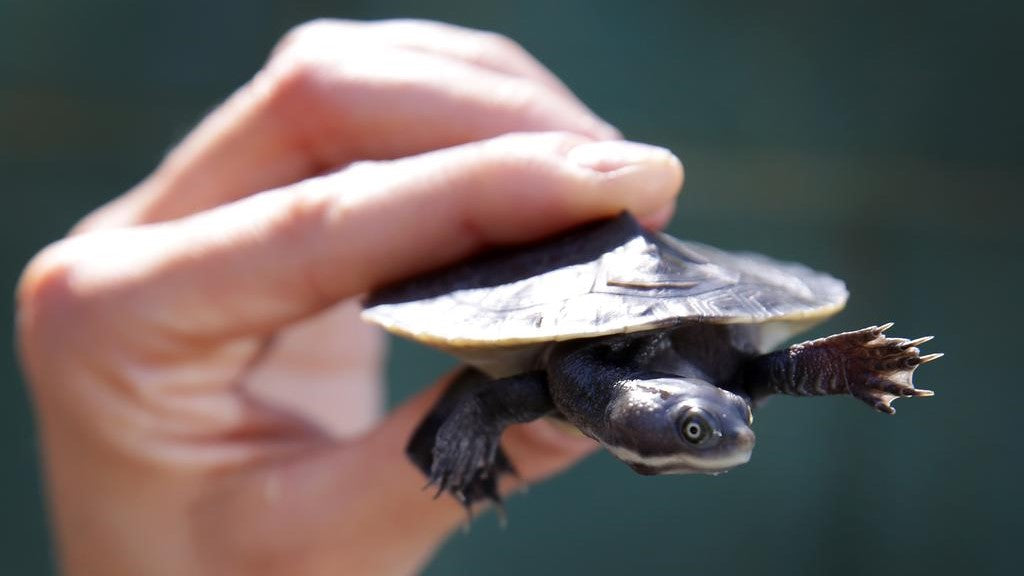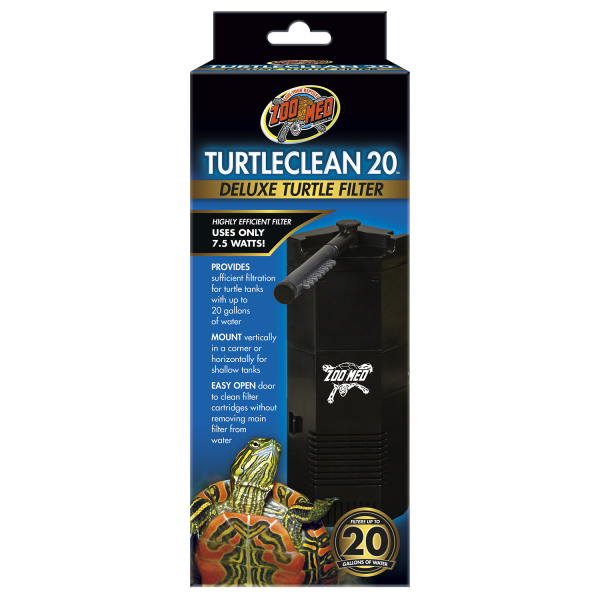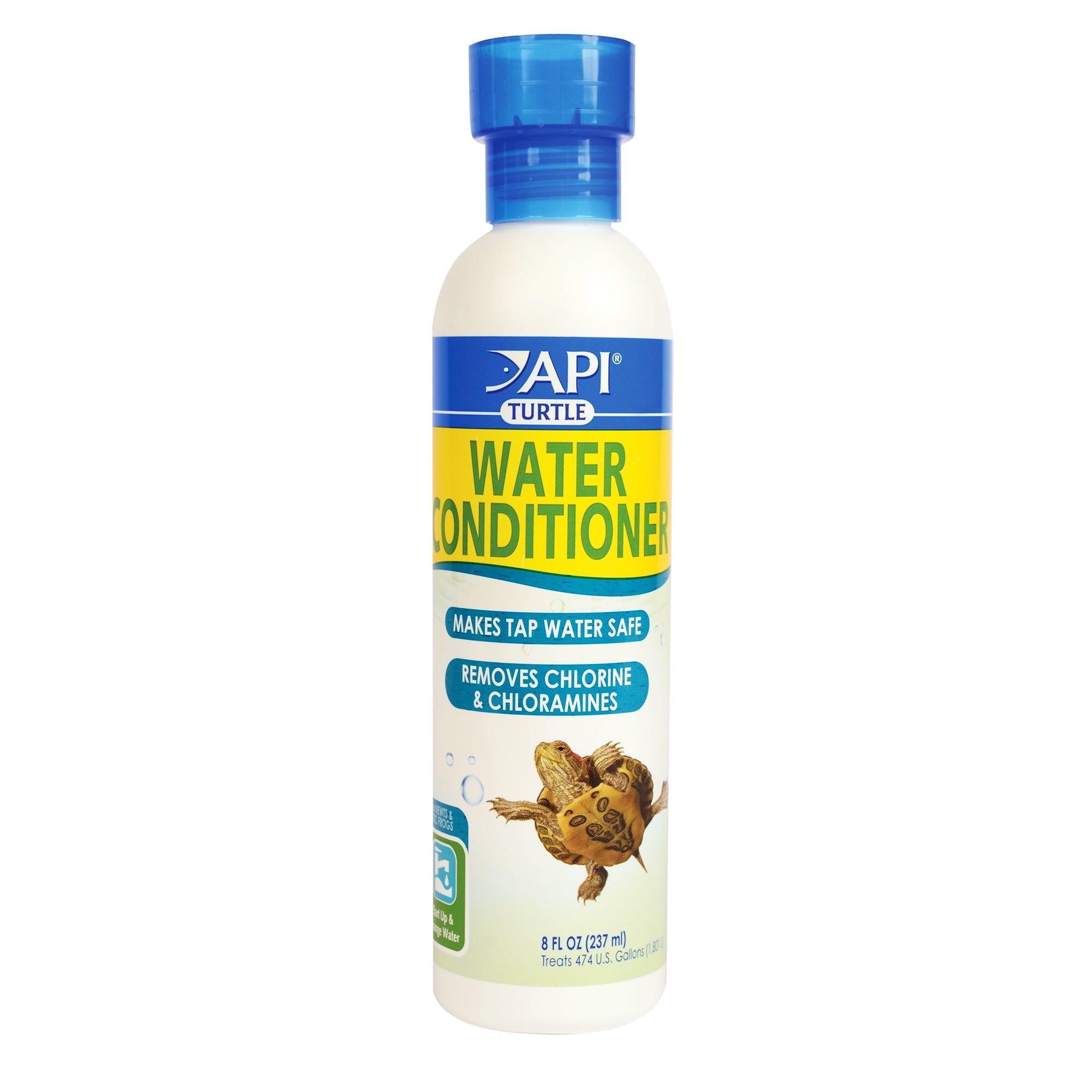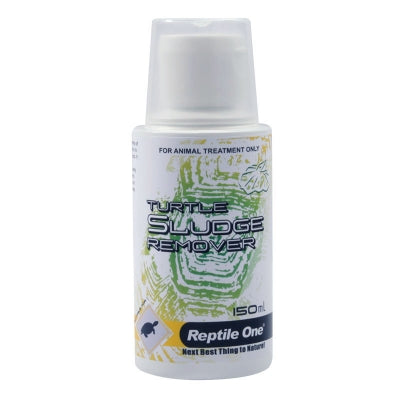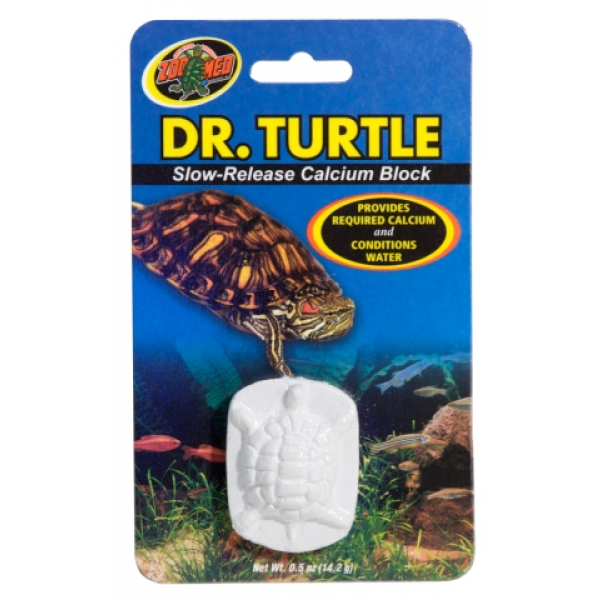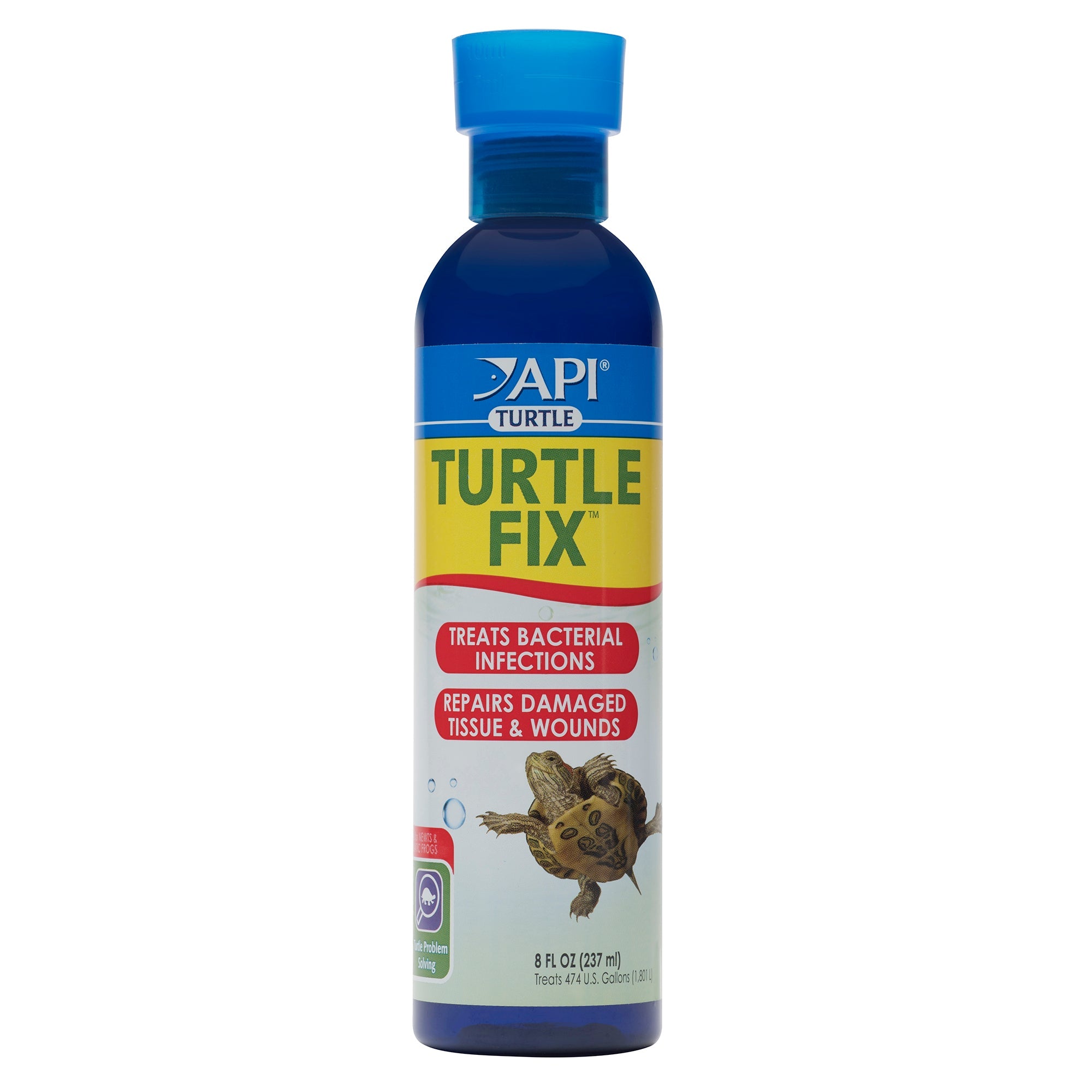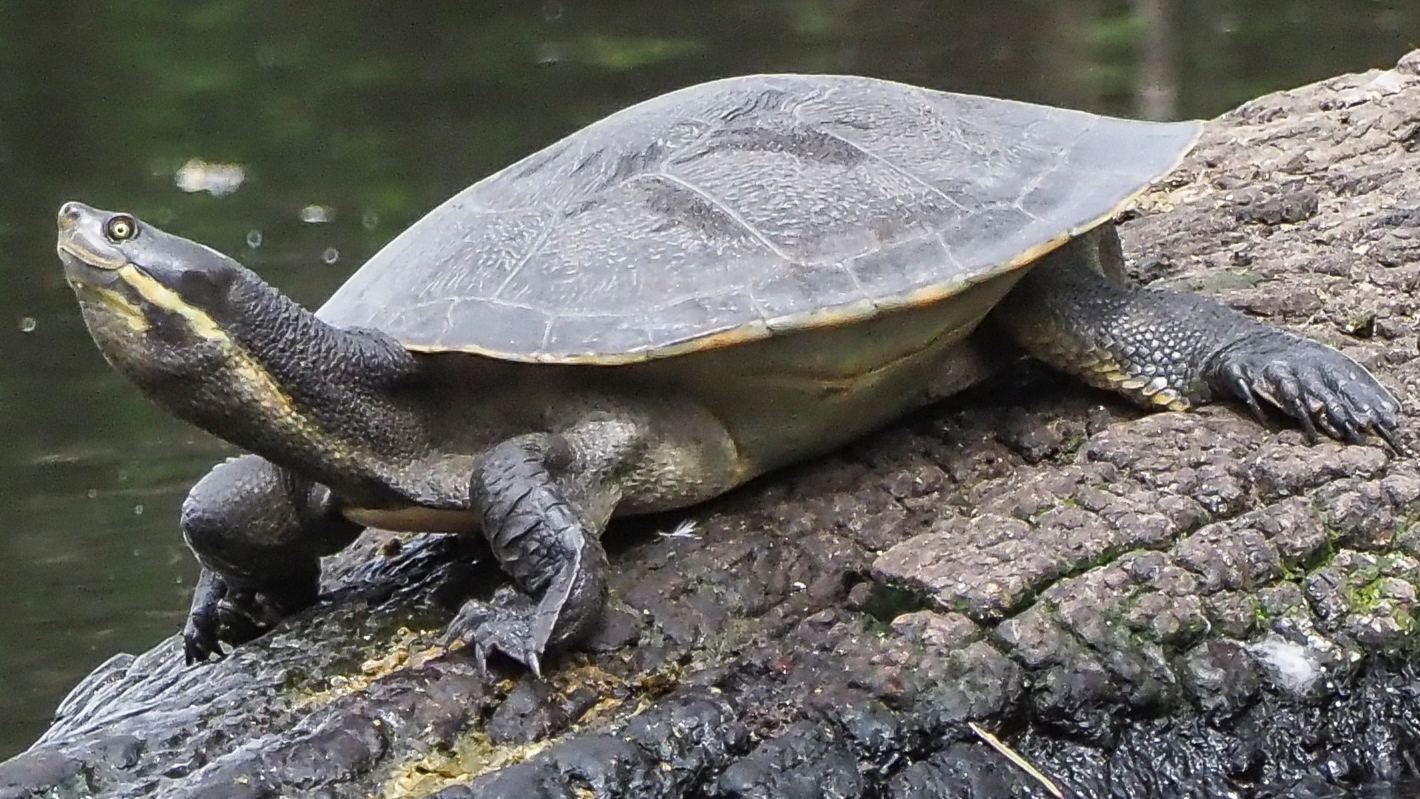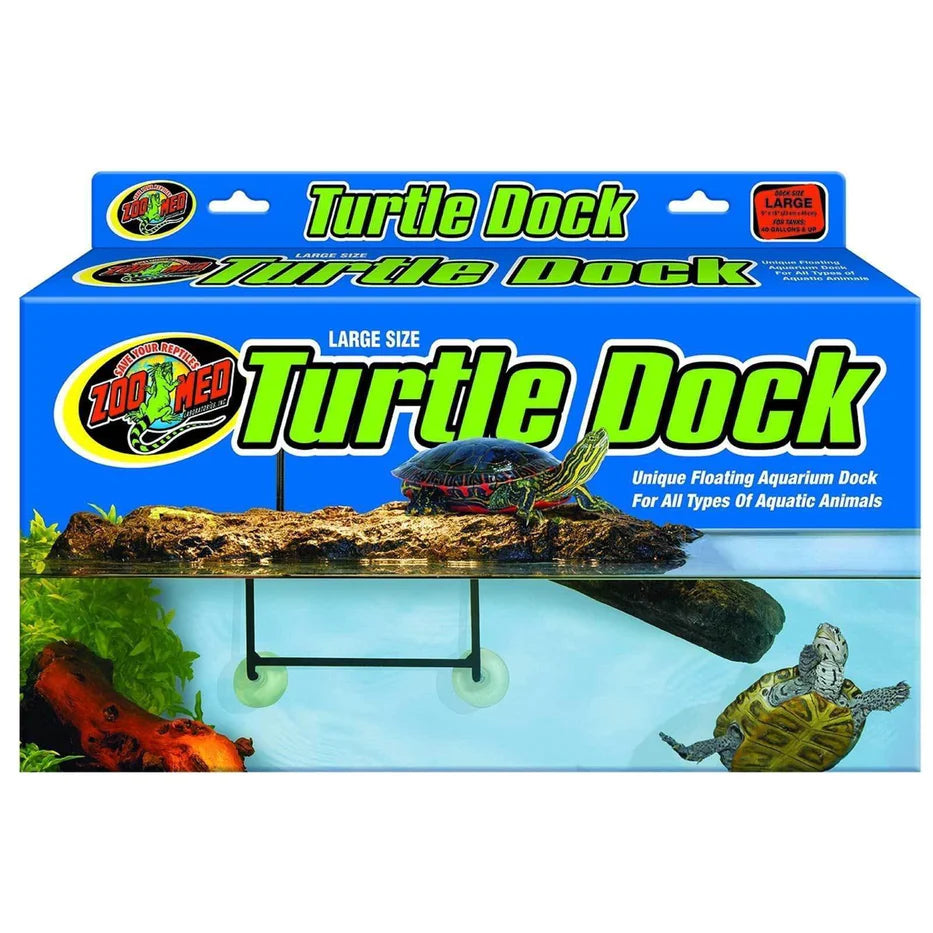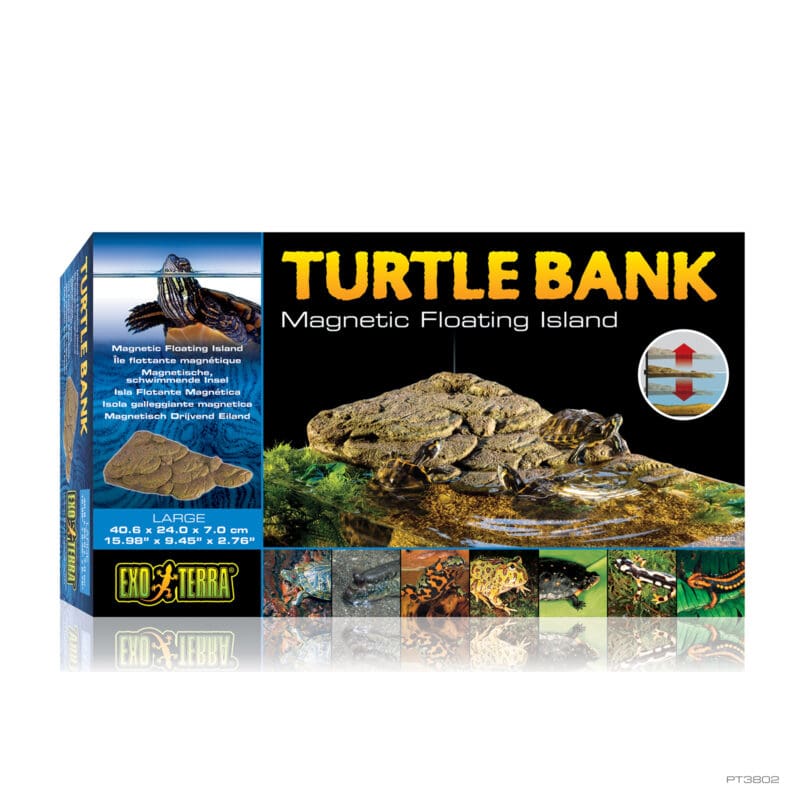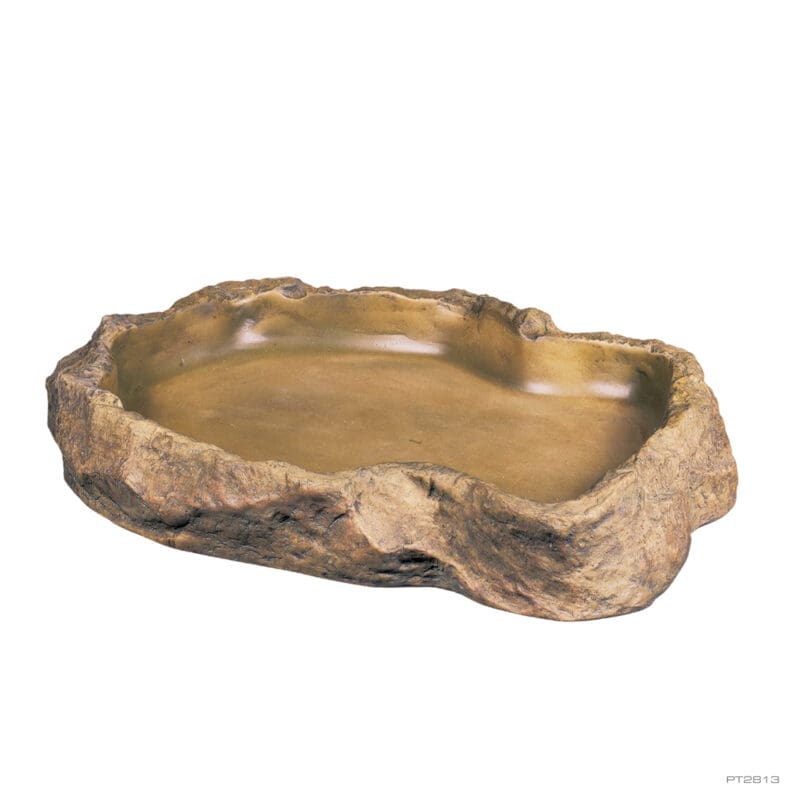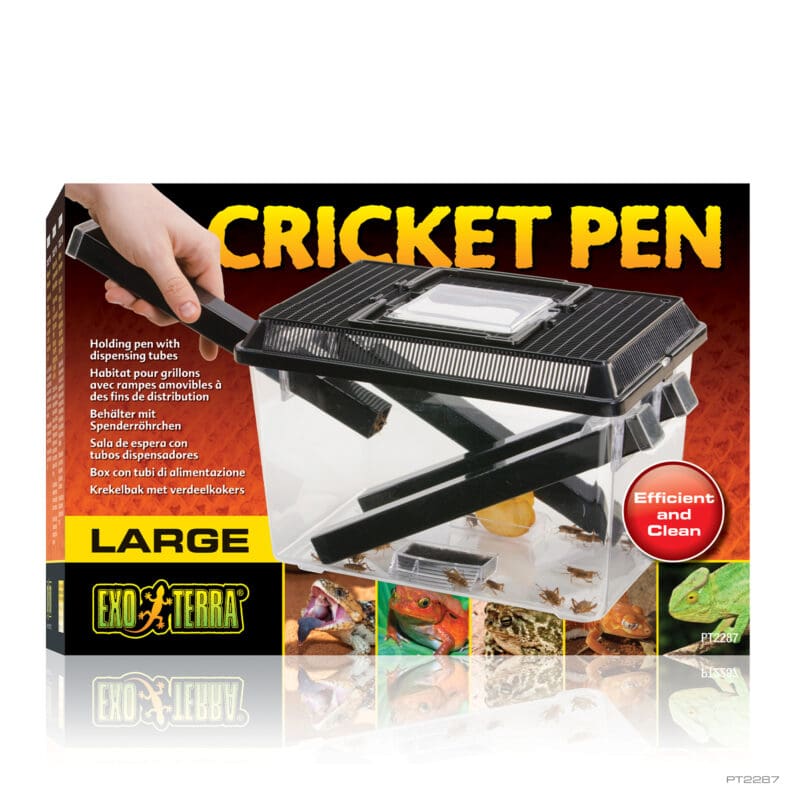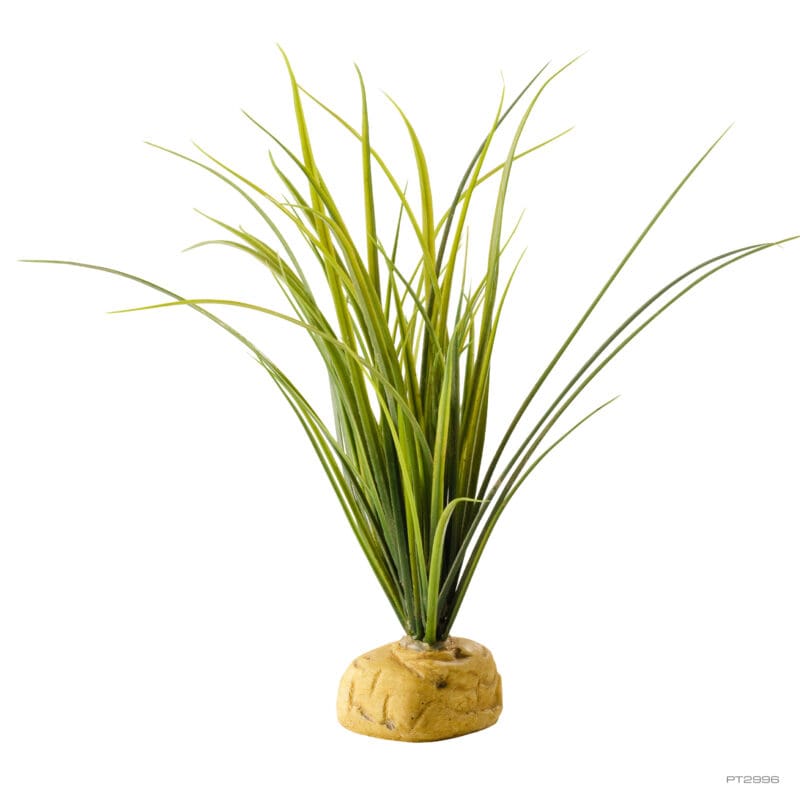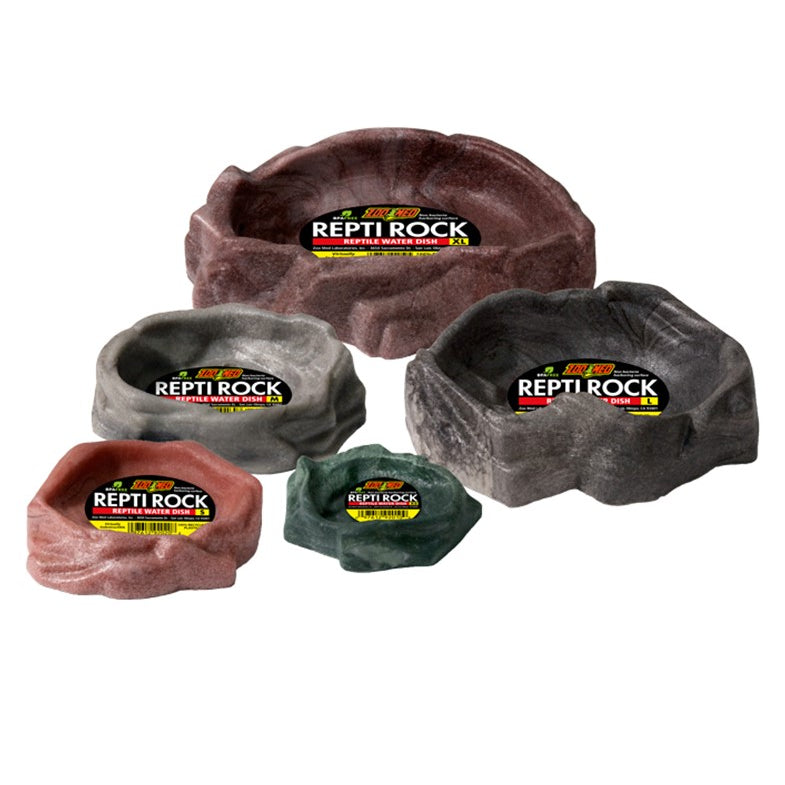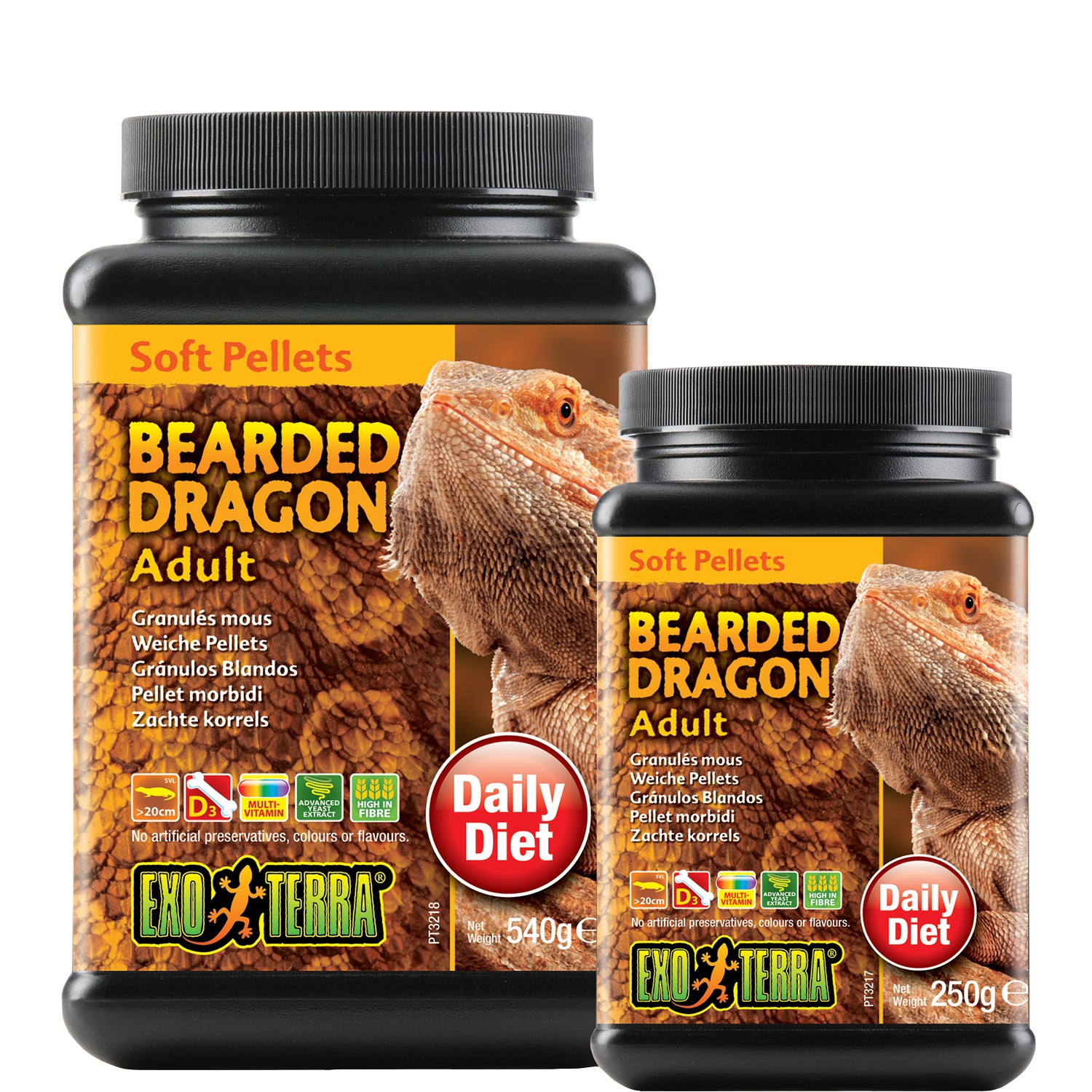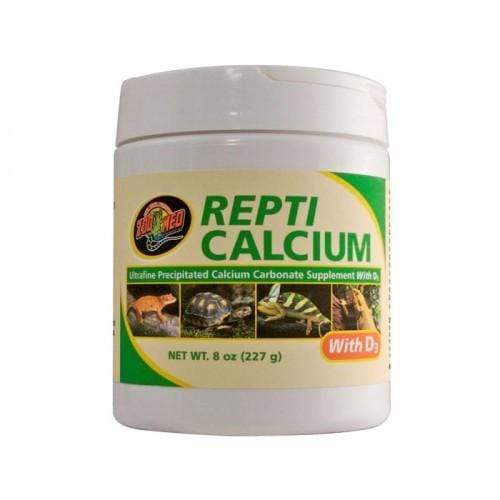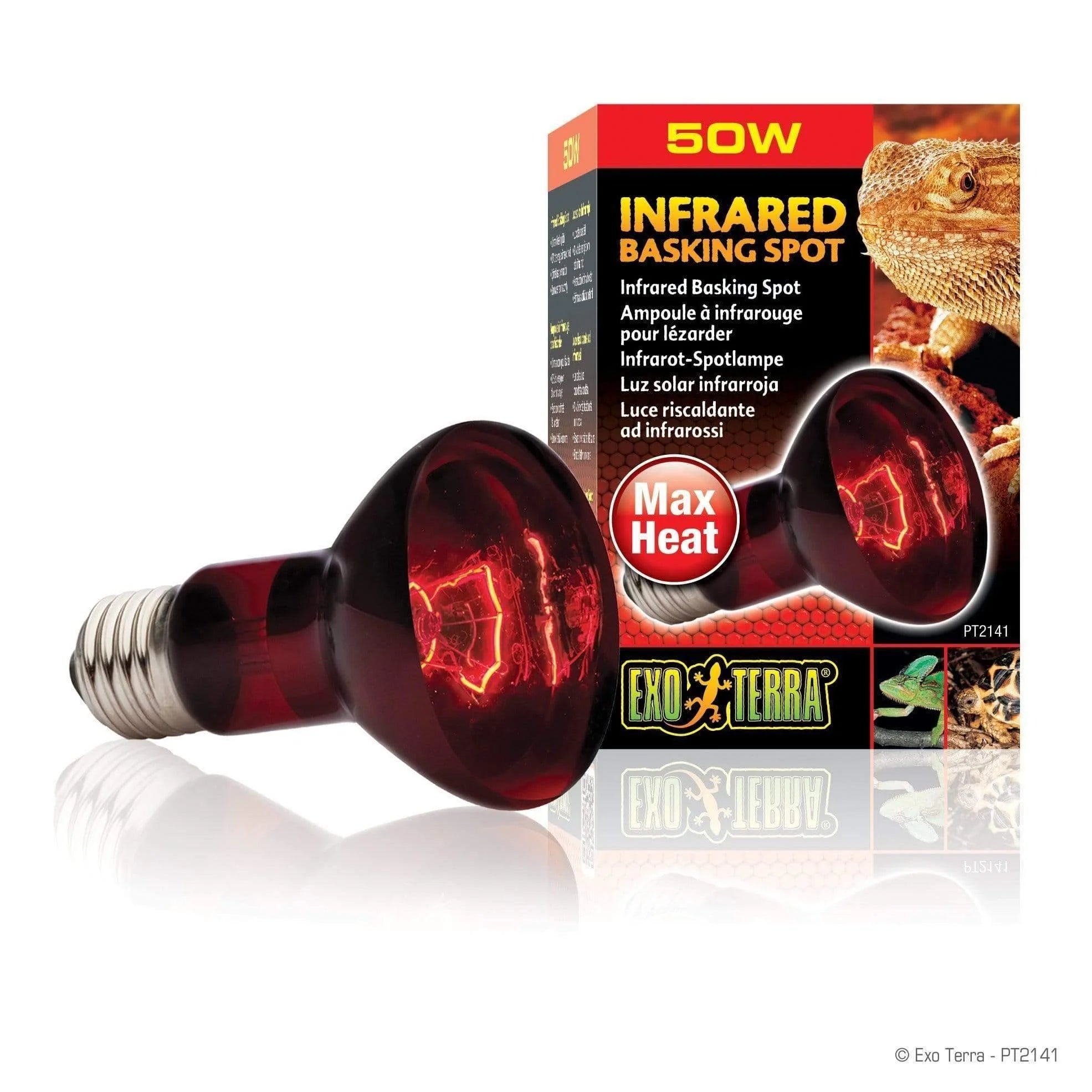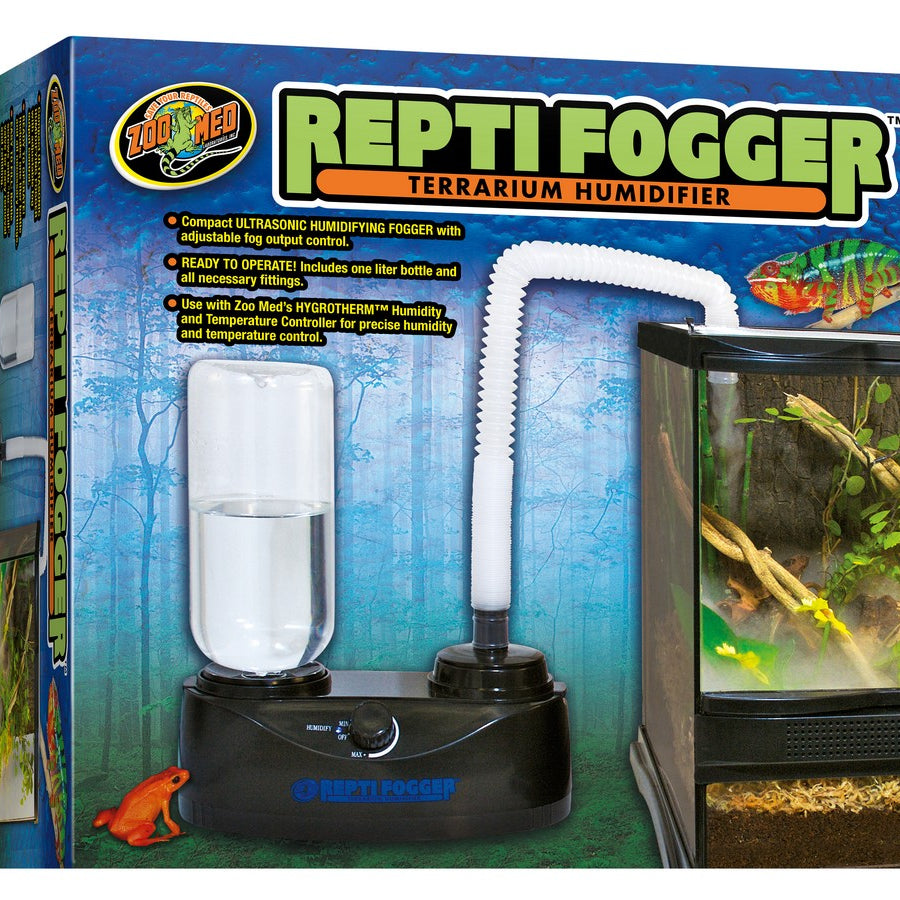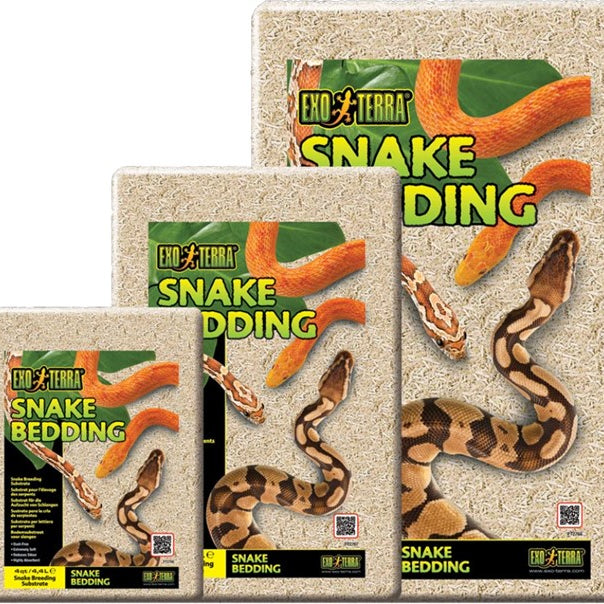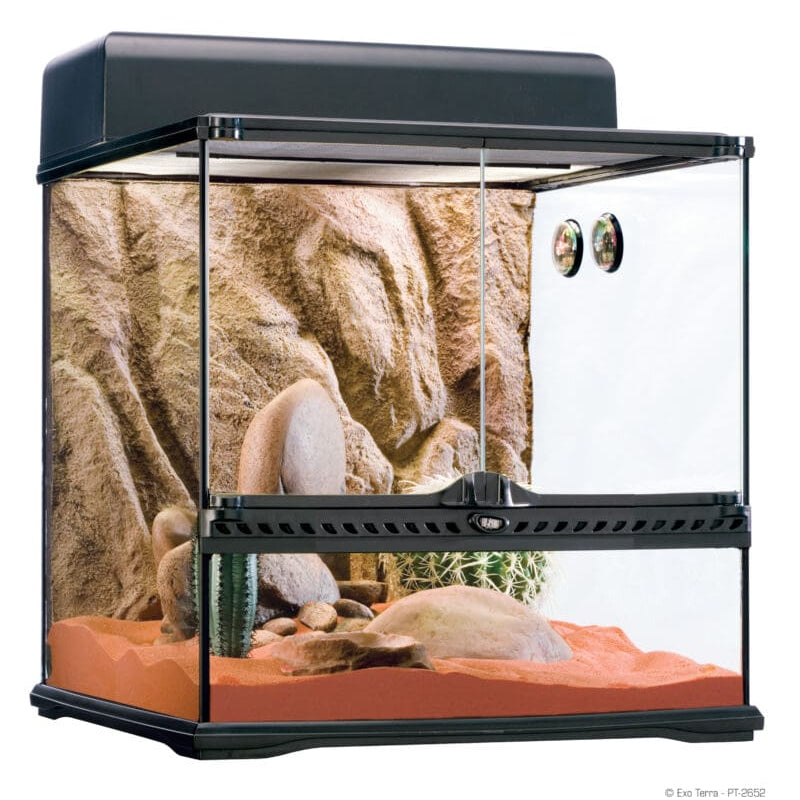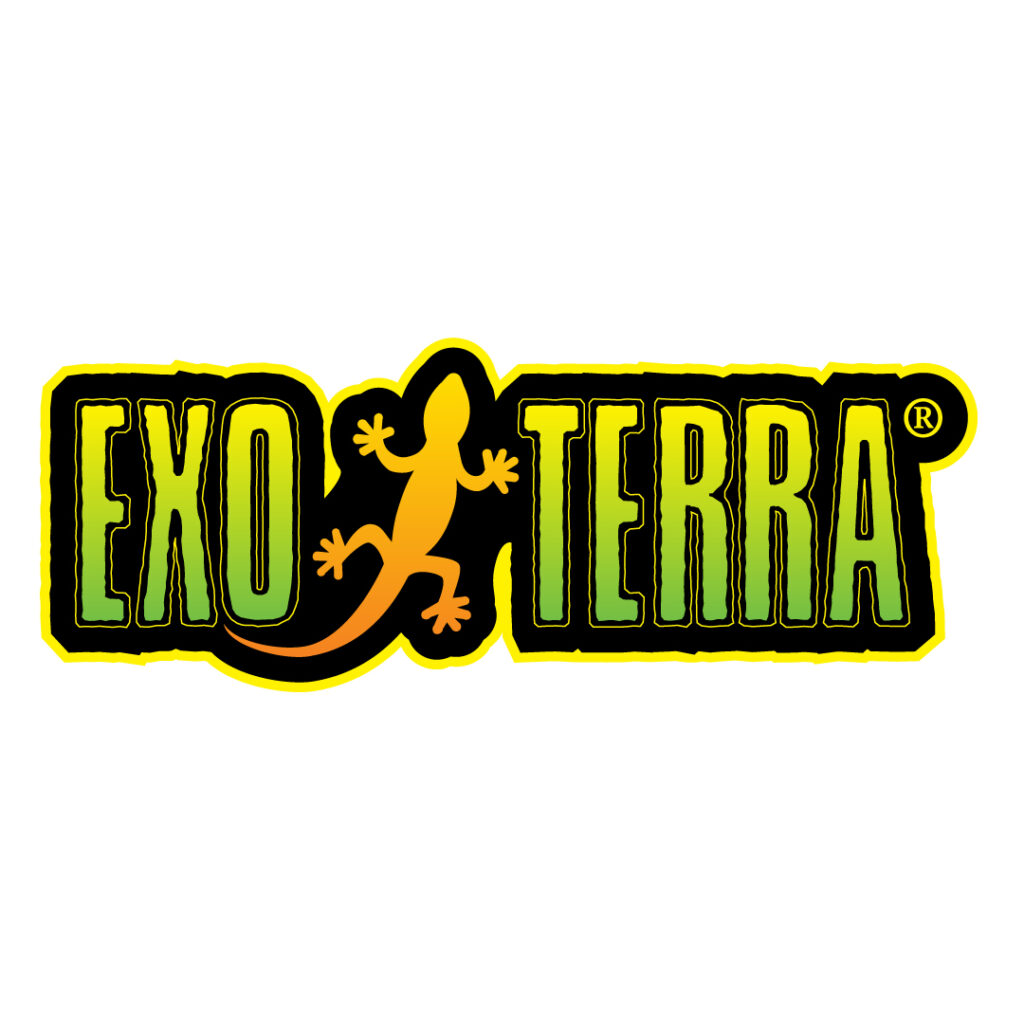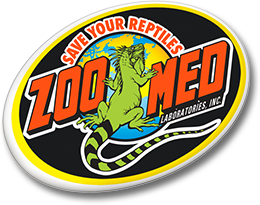Short Neck Murray Turtle Facts:
Lifespan: Approximately 20+ years
Adult Size: Around 20-30cm
Adult Weight: 2-4kg
Minimum Size Habitat: 120 x 60 x 60cm
Diet: Live insects, aquatic plants, pellets, canned & frozen turtle food.
Short Neck Murray River Turtles can sometimes be territorial so some individuals may need to be kept alone.
Habitat Checklist
- Paludarium or Aquarium
- 10.0 UVB Light & Heat Lamp
- Floating Dock
- Filter
- Substrate
- Habitat Accessories
- Water Conditioners
Your turtle’s habitat should be at least 120 x 60 x 60cm or larger. Larger terrariums are suitable for the lifetime of your turtle. It is required to have a dry dock (land) area as well as a mesh or wire lid (glass lids are not suitable). The water volume should fill at least half of the tank. A substrate such as course gravel can be used along with the addition of plants and driftwood to provide them with cover.
Heating & Lighting
Turtles require a water temperature maintained between 22-26˚C (this varies between species but temperature of 24˚C is suitable for most species commonly kept), and a basking spot of about 28 32˚C out of the water. Temperatures should be checked daily and must be regulated with the use of a thermostat. Recommended sources of heat include the use of an aquarium water heater and a splash/mist proof heating globe for basking.
Ultraviolet light (UV) plays an important role in a turtle’s growth and development. A 10.0 (or stronger) UVB tubes must be used as a source of artificial UV lighting in the turtle’s enclosure. UV light is filtered through glass and plastic, and partially filtered through mesh, so ideally must be positioned directly above the turtle’s tank within 20-30cm of the water. Turtles should also have access to unfiltered, natural light at least once or twice a week.
Proper Nutrition
Your turtle should be fed a varied diet comprising of live food, pelleted food, frozen food and fresh fruits and veggies. All Australian freshwater turtles are omnivorous, however short necked turtles will have a larger portion of their diet made up of plant matter then other
Australian turtles.
Live foods that can be offered include Black Soldier Fly larvae, crickets, woodies, earthworms, and blood worms. Live insects should be coated with a calcium and a vitamin supplement every few feedings before being offered to the turtle. This will help prevent any common health issues.
Hatchling and juvenile turtles should be fed a portion the size of their head daily, and adults should be offered similarly two to three times a week.
Aquarium plants should be available for the turtle to nibble on regularly. Some suitable plants include: Vallisneria, Elodea, Ambulia, Milfoil, Wisteria, and duckweed. Make sure to remove any uneaten food, as this may pollute your water.
Health & Water Quality
A good quality canister or internal filter is recommended to circulate and clean the water. Regular water changes must be carried out replacing 30-50% of the tanks water every one to two weeks.
The gravel should be vacuumed and cleaned during a water change. It is important to test the water using an aquarium testing kit on a weekly basis to ensure correct water parameters are maintained. Any fresh water added to the tank should be treated with a water conditioner to remove chlorine, chemicals and add essential minerals.
Water Parameters:
- pH: 7.5-8.0
- KH: 80ppm
- GH:180-200ppm
When handling your turtle use both hands by place your fingers underneath the bottom shell and your thumbs on the top shell to gently pickup them up.
Common Health Issues:
Metabolic Bone Disease (MBD): Calcium or vitamin D3 deficiency as a result of incorrect diet and/or lack of or incorrect UV lighting.
Obesity: Some adult turtles will gorge themselves and can easily become overweight, particularly if fed on a diet that is too high in protein. This can have a number of long-term negative health complications.
Fungal Infection: Turtles can develop fungal skin and shell conditions if water quality is not maintained at optimum levels and cleaned regularly.
Shell Rot: Caused often by a small scratch or bite, allowing for the entry of bacteria into soft tissue. Shell rot can be extremely aggressive and contagious, so an infected turtle should be isolated and treated accordingly with an antibacterial remedy.
